A team of scientists gathers at Scotland’s Loch Ness. There, they gather water samples to figure out exactly what lurks beneath the surface. Yes, they believe they may be able to finally determine whether a legendary monster has ever lived here. And after some DNA tests, the group has big news to shout about…
The mystery of the monster
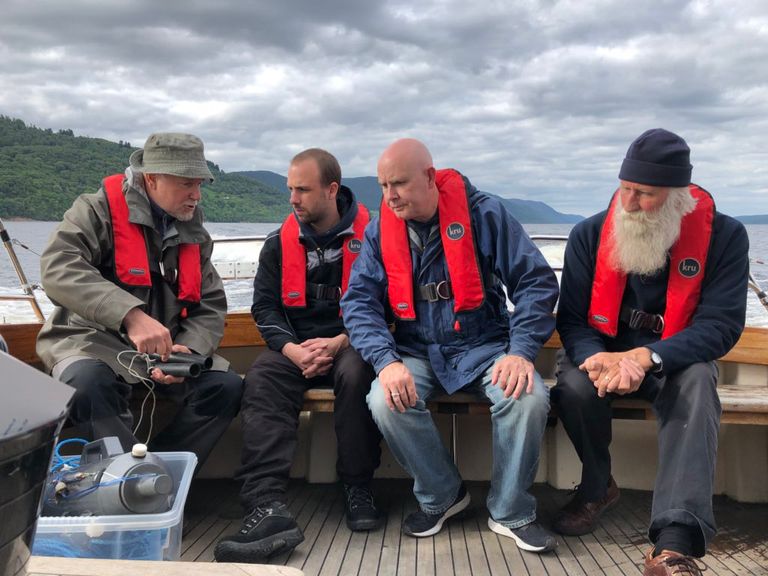
Professor Neil Gemmell, who headed the team knew the project would turn more heads if the famous creature was involved. Back in 2019 he told The Guardian that the team could reveal more about the entire loch not just the monster. The news left everyone wondering what they had found. Is there a monster lurking in the murky depths of the loch…
Lurking in the loch

If you believe a report from 1933, something is lurking in the loch. All those years ago, a newspaper claimed that an eyewitness had supposedly seen a strange creature there. It had the body of a whale, the story went, and it rolled through the loch’s water. People were left wondering if the legends were in fact true…
Spotting the beast
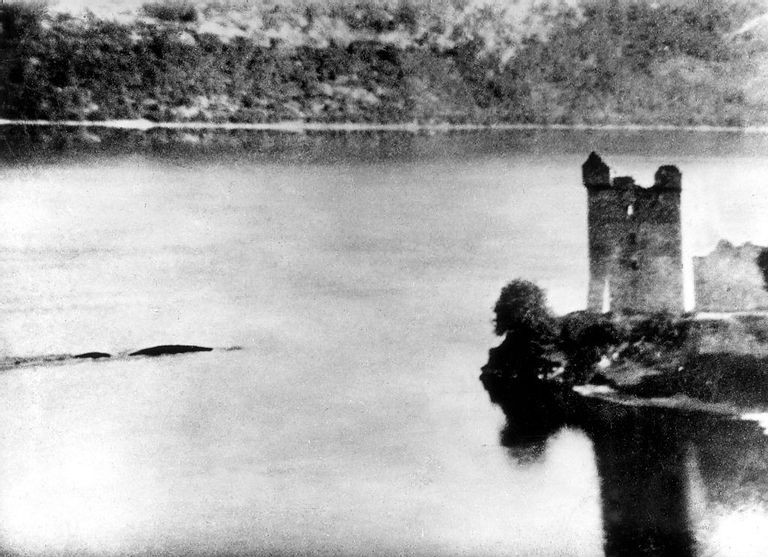
The Inverness Courier told the story of a couple named Aldie and John Mackay. The pair had been driving along Loch Ness when Aldie spotted a massive creature in the murky water — or so she said, anyway.
Whale-like creature
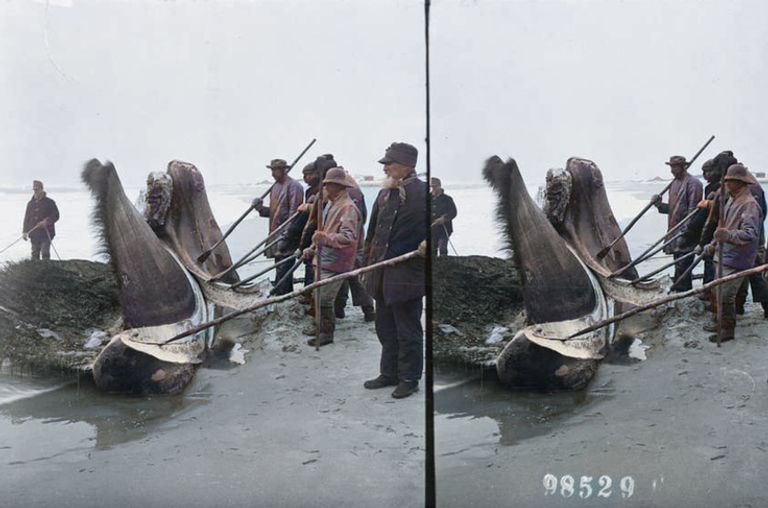
The newspaper described Aldie’s experience, saying, “The creature disported itself, rolling and plunging for fully a minute, its body resembling that of a whale and the water cascading and churning like a simmering cauldron. Soon, however, it disappeared in a boiling mass of foam.” Is this what the scientists would find many years later?
Creating huge waves
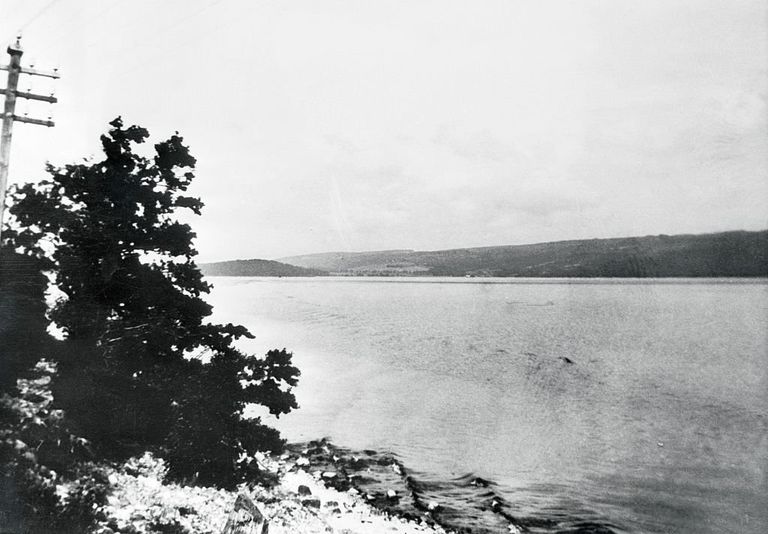
The 1933 article also described the Mackays’ reactions. They thought they had seen something far beyond the ordinary. “Both onlookers confessed that there was something uncanny about the whole thing,” it explained. “They realized that there was no ordinary denizen of the depths… Apart from its enormous size, the beast, in taking the final plunge, sent out waves that were big enough to have been caused by a passing steamer.” Certainly sounds like a monster…
Crossing the road
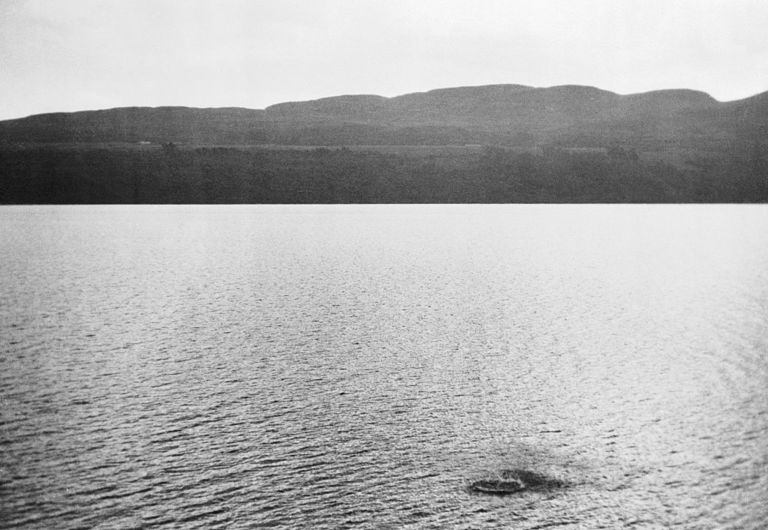
In the same year, another shocking sighting made the pages of the Courier. This time, George Spicer claimed to have spotted the monster while cruising around Loch Ness with his wife. But Spicer described a much more terrifying creature. Amazingly, the beast crossed the road in front of them, and it had another animal dangling from its mouth.
Like a dragon
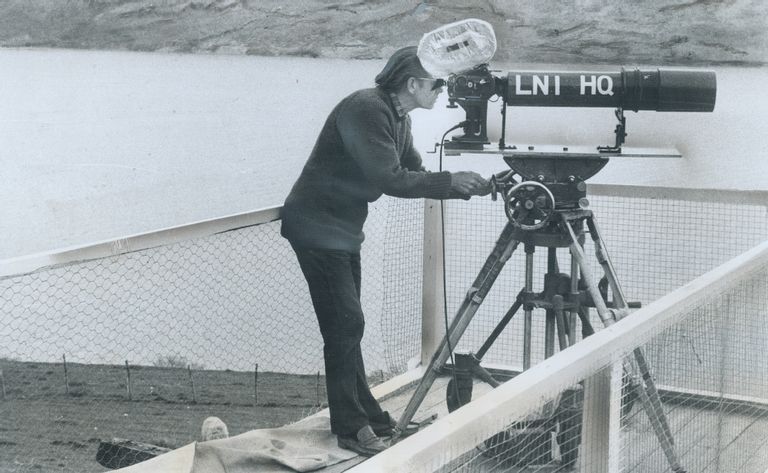
Spicer claimed that the creature had a long neck, a high back, and webbed feet. He told the newspaper that he had witnessed “the nearest approach to a dragon or pre-historic animal that [he had] ever seen in [his] life.” All well and good, but where was the proof?
Proof on film?
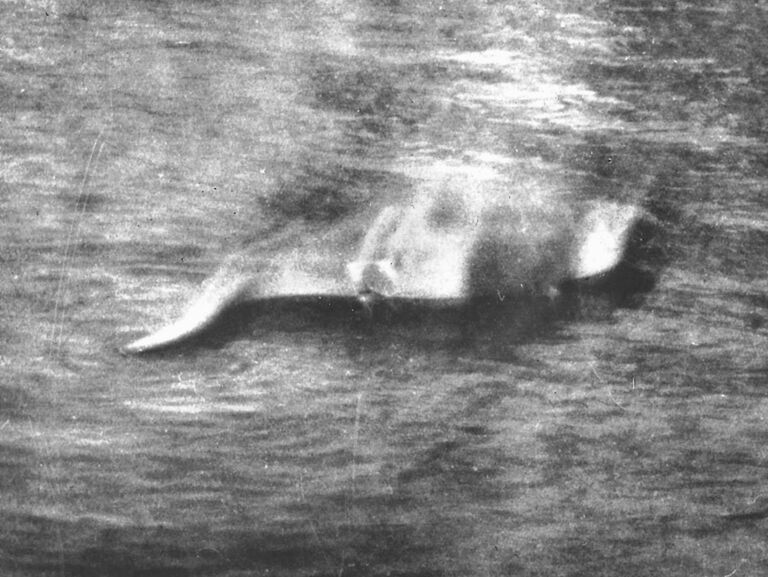
Well, in November 1933, a man named Hugh Gray said he’d captured the Loch Ness Monster on camera. But the blurry photo had its critics. For many, it seemed as though the image depicted Gray’s Labrador fetching a stick from the water. And Gray had taken his dog to Loch Ness on the day he snapped the photo… Oh well.
The surgeon snaps a photo
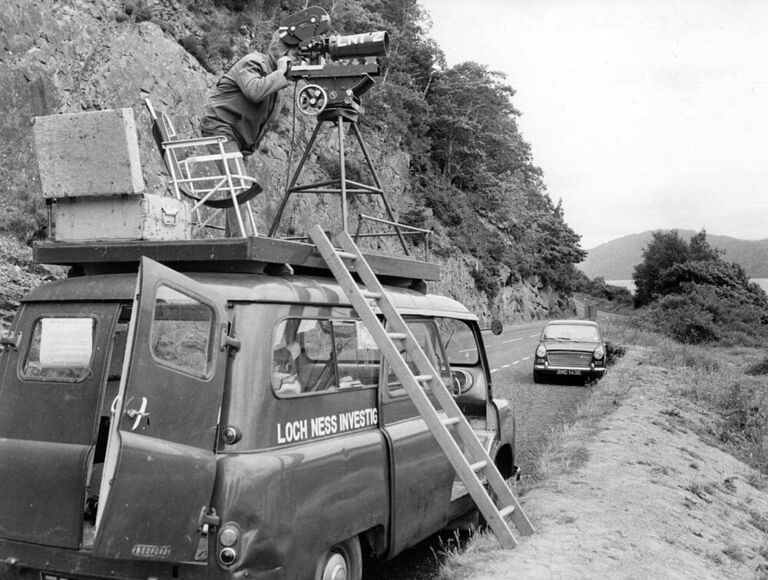
The so-called surgeon’s photo proved to be an even bigger phenomenon. Gynecologist Robert Kenneth Wilson took the snap, but he didn’t want the newspapers to reveal his identity. That’s how the photo ended up getting its strange name.
Emerging from the water
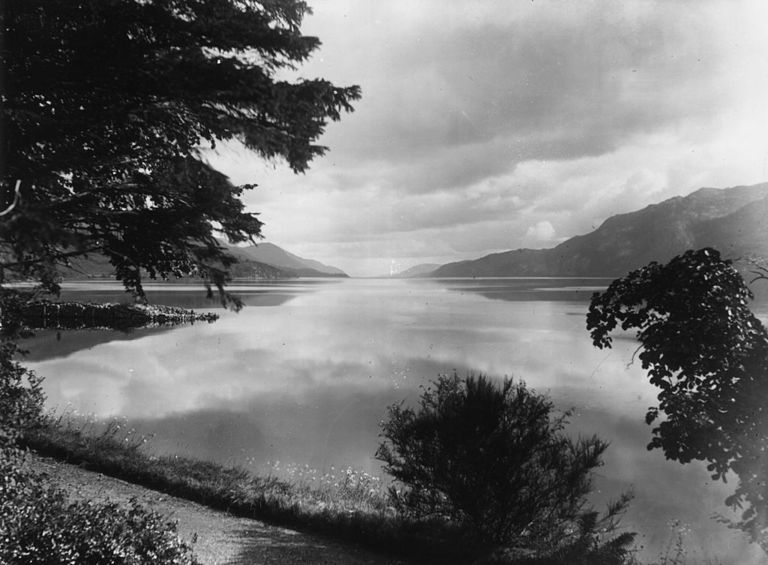
Wilson claimed that he had gotten a glimpse of the monster emerging from the depths of Loch Ness. He then apparently reached for his camera and quickly snapped some photos. And he only needed one shot to cause a frenzy. It seemed to reveal the shape of the monster’s head and neck popping out of the water. Case closed?
A crafty hoax
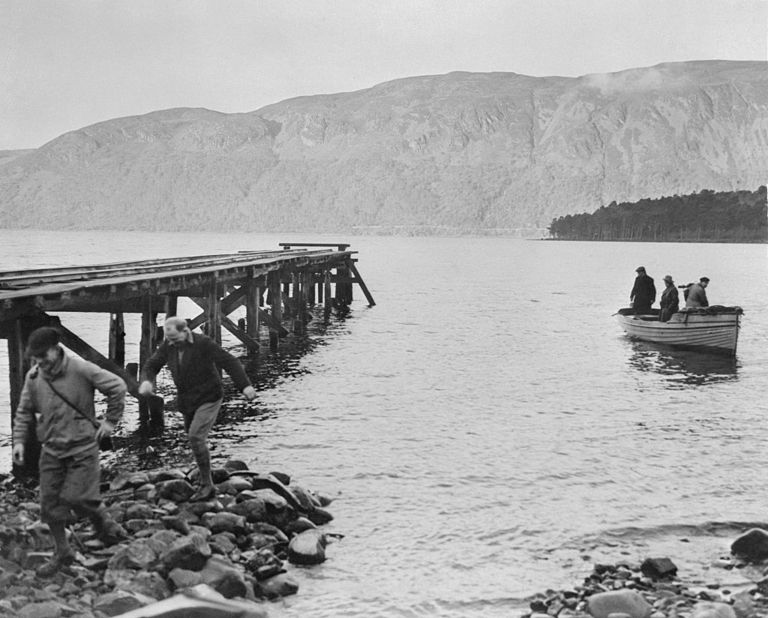
Not quite. An analysis of the photo 60 years later revealed that Wilson had staged the whole scene. How had he done it? By zooming in on an object much smaller than the supposed beast. Yet again, monster fans were left frustrated. But Gemmell and his team would finally discover what seemed to be the truth.
The monster’s species
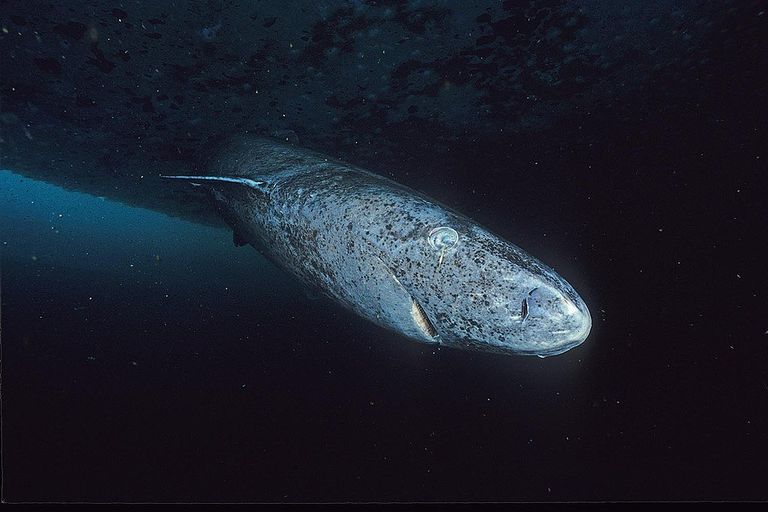
Some folks had tried to get to the bottom of the mystery before. In 2013 zoologist Jeremy Wade even performed his own televised investigation. He theorized that the Loch Ness Monster was a Greenland shark. It would certainly be big enough. It could also feast on the loch’s salmon supply, keeping it going for years.
Could it be a catfish?
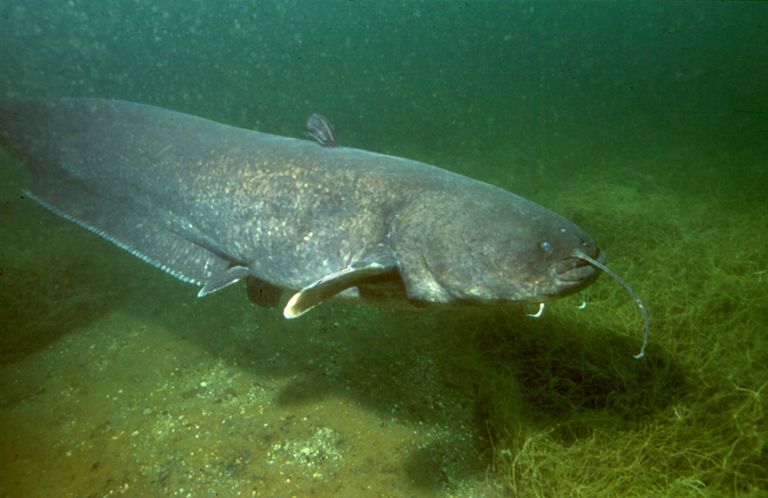
Others believe the Loch Ness Monster is an extremely large specimen of Wels catfish. The theory goes that someone may have introduced the species into Loch Ness around the turn of the 20th century. By the time 1933 rolled around, then, one of the catfish may just have reached the supposed size of the beast.
Maybe a dinosaur
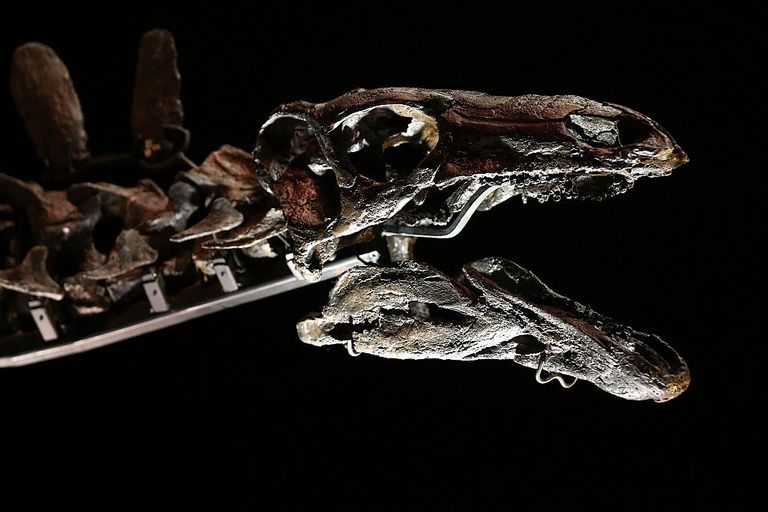
Then there’s the idea that the Loch Ness Monster is a dinosaur — a plesiosaur, to be exact. Somehow, the prehistoric creature survived the mass extinction that killed off the rest of its species. Gemmell and his team would have shocked the world if they had come back with that conclusion.
Intriguing explanation
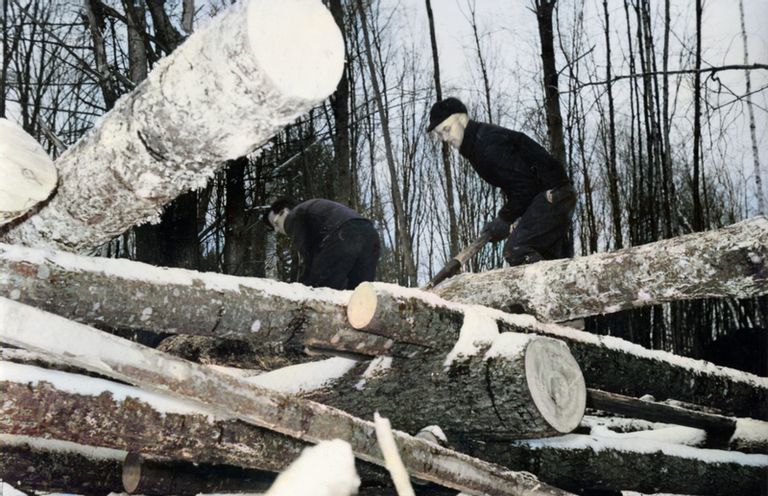
But it’s not just animals that are mistaken for the Loch Ness Monster. In 1933 the Daily Mirror reported that a washed-up tree trunk had been responsible for one particular sighting. Then, in the 1980s, an article for New Scientist suggested that decomposing pine logs could rise to the surface, mimicking the motions of a “monster.”
The ripple theory
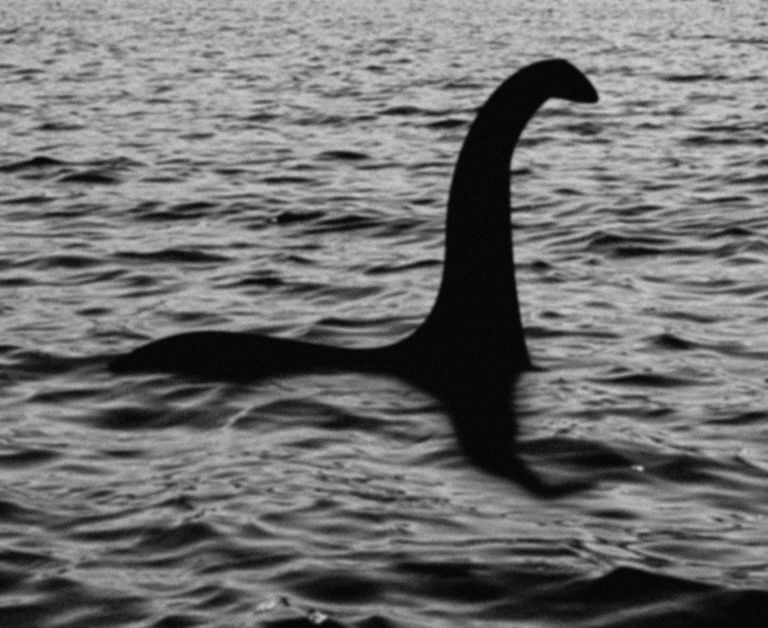
Ripples caused by the loch’s stretched-out shape could also give the illusion that a monster is swimming just under the surface. The loch runs along the Great Glen fault, and a release of gas underwater could produce a dramatic effect.
No single explanation
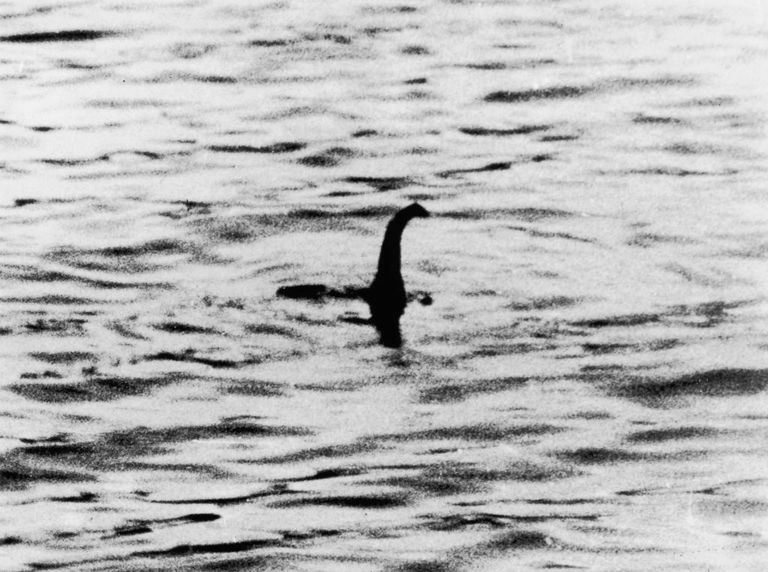
Ultimately, though, no single explanation for the Loch Ness Monster has ever stuck. Instead, people believe what they want — and see what they want — when it comes to the beast. That’s why some hesitate to label the legend as a hoax.
Revealing the truth
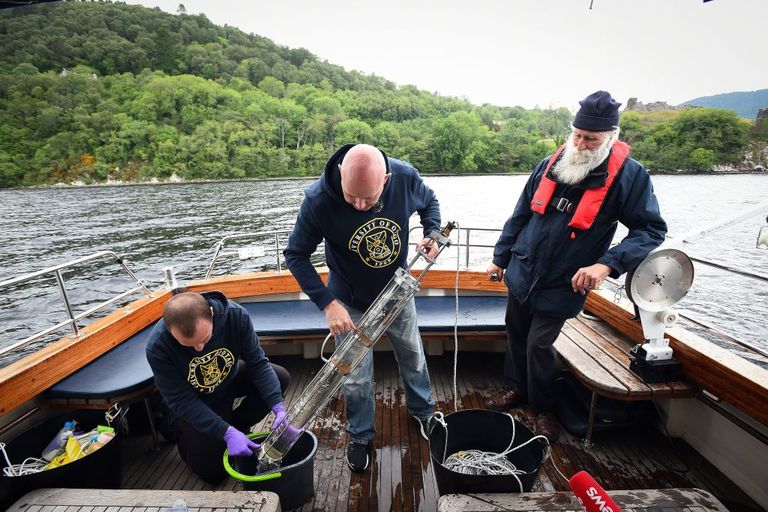
So, does the monster exist or not? Well, in 2018 Professor Neil Gemmell used this undying curiosity to help launch a study into Loch Ness. He wanted to employ DNA testing to identify the many species that dwell beneath the water. And in doing so, he could perhaps reveal the truth about the Loch Ness Monster.
Gaining new knowledge
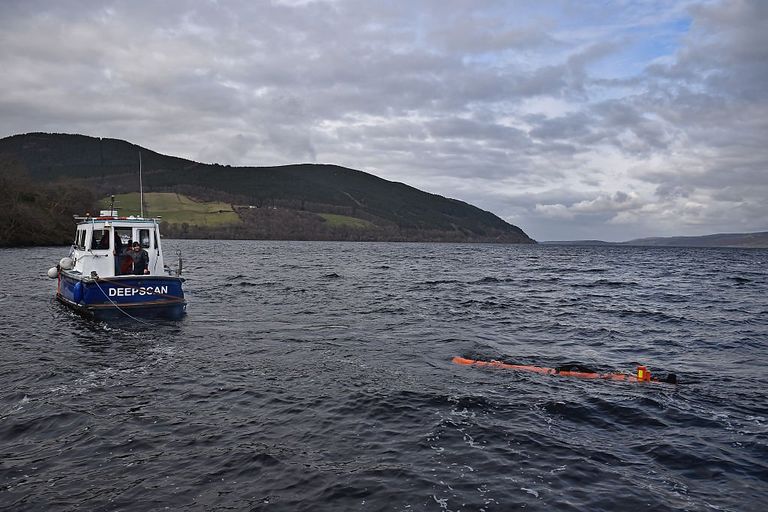
Before the start of the study, Gemmell told The Guardian, “While the prospect of looking for evidence of the Loch Ness Monster is the hook to this project, there is an extraordinary amount of new knowledge that we will gain from the work about organisms that inhabit Loch Ness.” He had “no doubt” that his team would learn something new about the freshwater lake.
DNA sticks around
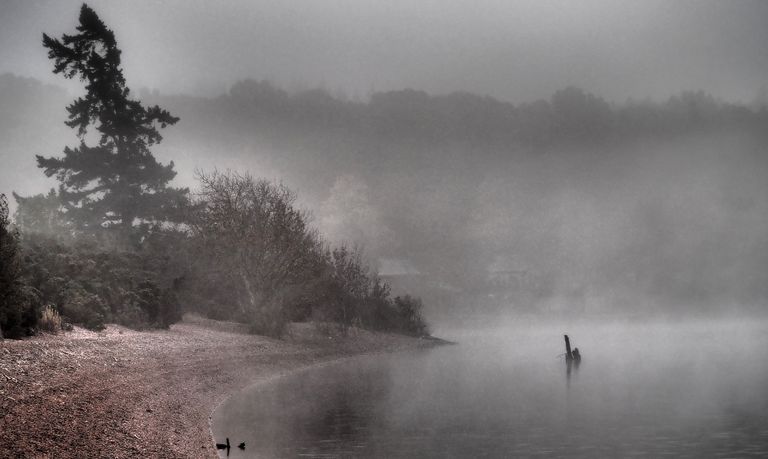
Of course, anything that swims through Loch Ness will leave a bit of DNA behind in the water. Skin cells, feathers, fur, and scales all contain traces of creatures’ genetic materials. And gathering water samples will reveal what lurks beneath — as long as the DNA matches that of species already chronicled by scientists. Even if a perfect match is not found, the researchers could stick-compare it and learn new things.
Finding brand-new species
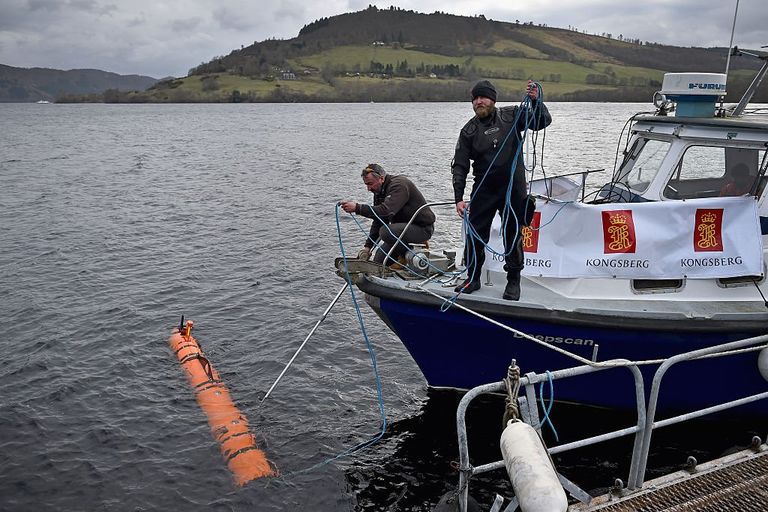
Gemmell believed that he and his research team would uncover new species — particularly clusters of Loch Ness-based bacteria. This information would show how invasive newer species have proven to be to the loch. But that wouldn’t be the biggest draw to the outside world. Solving the monster mystery? That would make them all famous.
The team’s results

Gemmell hadn’t headed to the loch explicitly to find the monster. But by the time his study concluded, he did have his theory about the species of the creature. And he shared his thoughts with the world in 2019.
Looking at the evidence
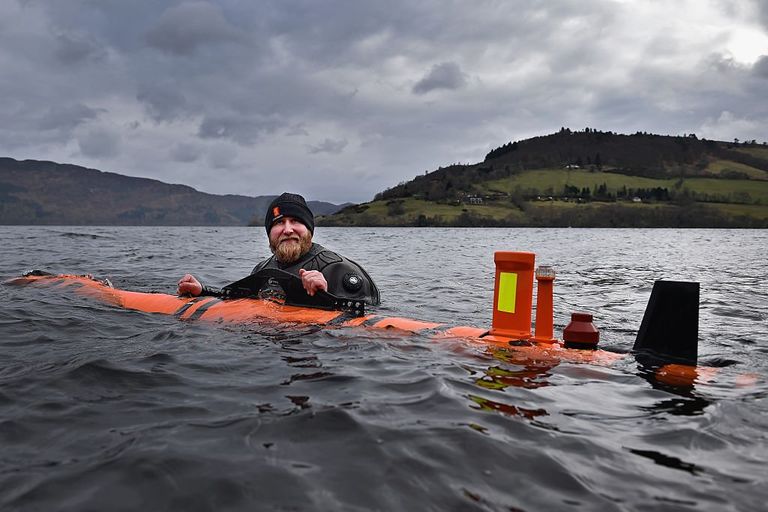
By that time, Gemmell and his team had completed their monumental research. First, they visited Loch Ness for two weeks and gathered the water samples they needed. Then they analyzed the liquid to see the genetic material contained within. And most of their findings wouldn’t have shocked anyone, as the Loch Ness ecosystem has plenty of small creatures.
Process of elimination

Gemmell and his team also found DNA from humans, pigs, sticklebacks, and deer. What they didn’t find was evidence of any monster — at least, not in the way Nessie had been described in the past. So it seemed that the monster was not a seal, an elephant, or a catfish.
Could it be an eel?
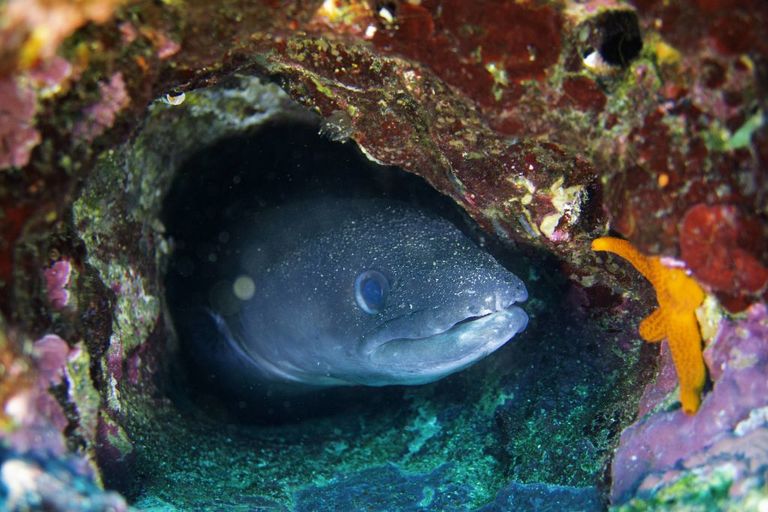
Instead, Gemmell and his researchers came up with a new explanation — one that they could back up with DNA evidence. The team claimed that the folks who’d supposedly seen a monster in the past could’ve witnessed a giant eel. This species had left its traces in the water’s genetic material.
Too small for the monster
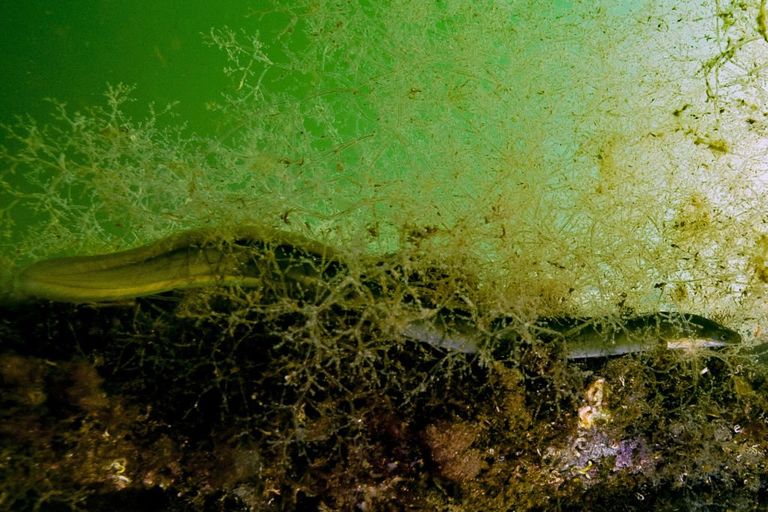
During a 2019 press conference at the Loch Ness Centre, Gemmell explained to reporters, “It is possible there are very large eels, but it depends how big you think ‘large’ is.” He also emphasized that no giant eels had ever been caught in the loch and that the record weight for an eel caught in Europe currently stands at around 12 pounds. That’s much smaller than you’d expect any monster to be.
Lots of DNA
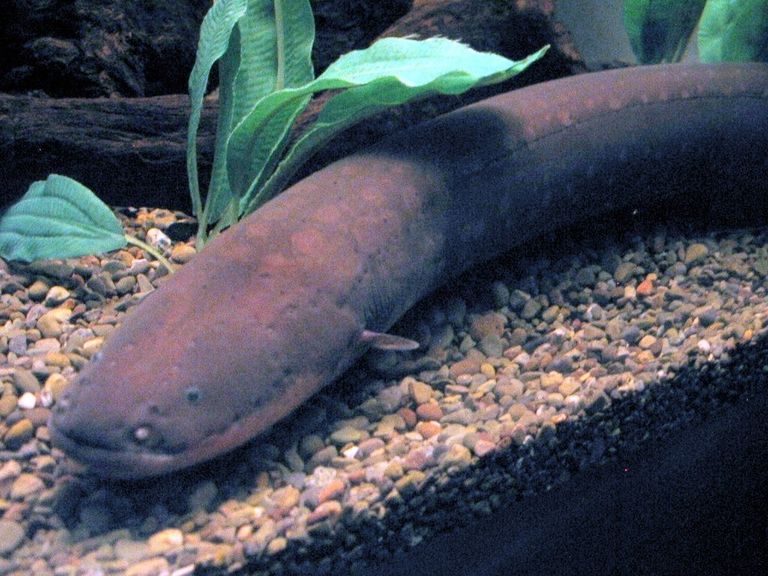
Interestingly, though, Gemmell and his team found a high quantity of eel DNA in the waters of Loch Ness. And the study’s author joked about the source of that much genetic material. He said, “We don’t know if the eel DNA we are detecting is from a gigantic eel or just many small eels.”
Growing to a monstrous size
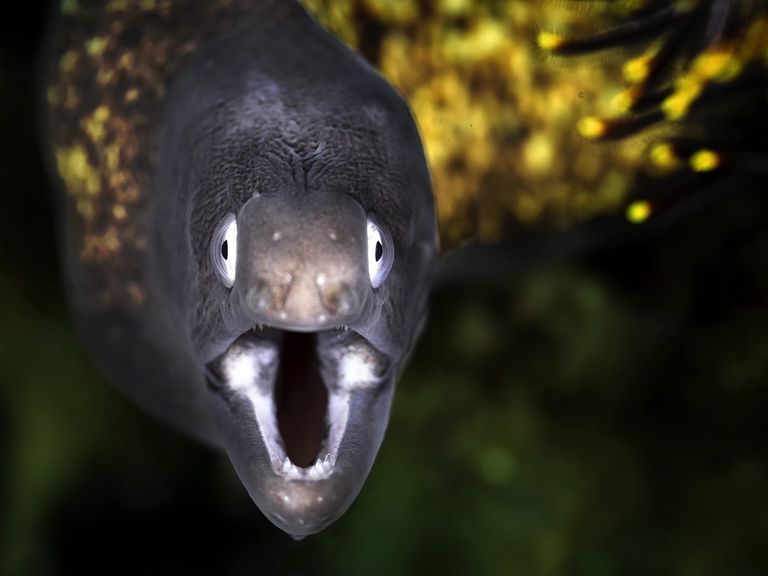
Speaking more seriously, Gemmell elaborated on the theory of the eels and how they could potentially grow to such a size. “The notion is that these eels would normally migrate to reproduce, but they, for whatever reason, don’t. And they continue to grow to a very large size, forgoing reproduction for growth,” he explained.
Not a dinosaur
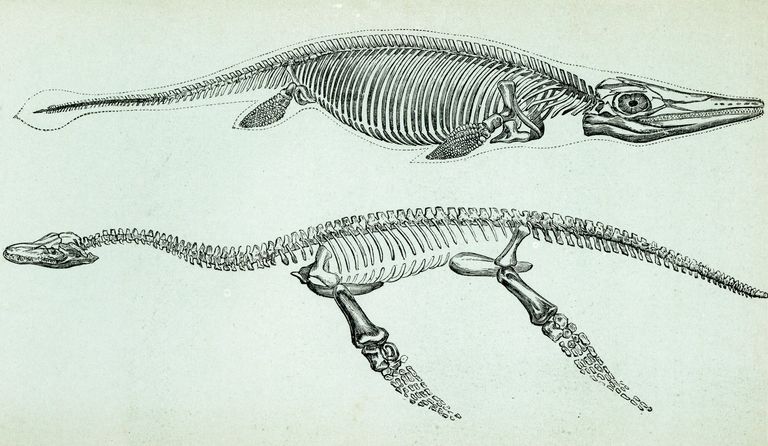
Crucially, though, the scientist’s research could rule out some of the other long-standing theories about the Loch Ness Monster. He blew the dinosaur theory out of the water, for one. “Is there a plesiosaur in Loch Ness? No. There is absolutely no evidence of any reptilian sequences. So I think we can be fairly sure that there is probably not a giant scaly reptile swimming around in Loch Ness,” he said.
A major flaw
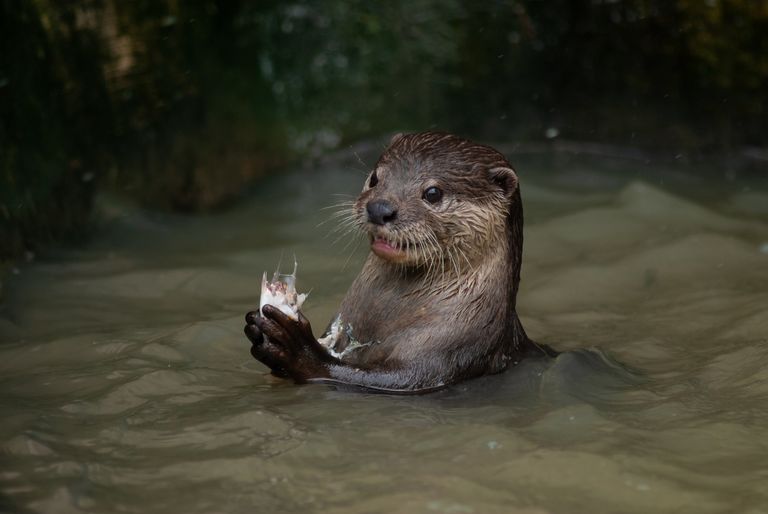
Yet Gemmell did admit that the study had a few shortcomings. You see, the DNA testing had failed to detect seals or otters — both of which live in Loch Ness. In other areas, though, the results came back with stunning clarity. Gemmell said, “We may have missed things. But we found all the species we know are residents in Loch Ness in respect to fish.” So, is that the end of the monster hunt?
Can’t rule a monster out
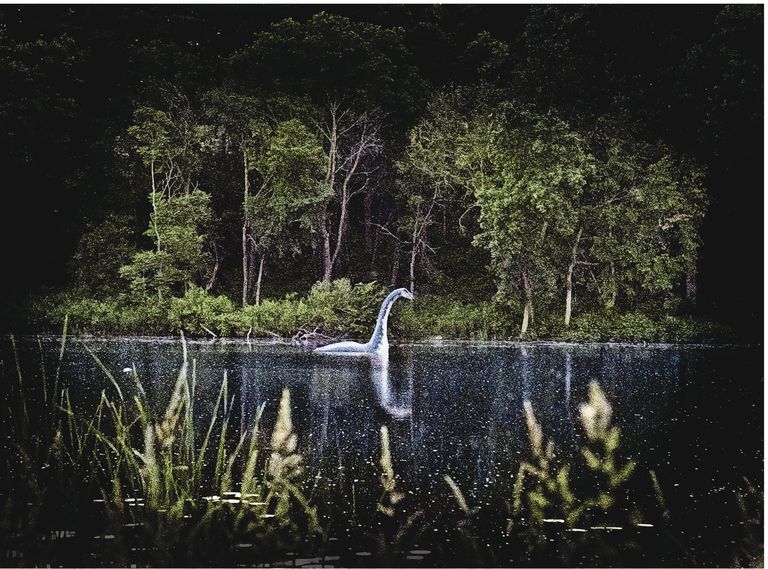
Gemmell said, “More and more studies providing more and more negative evidence cast more and more doubt on the possibility, but we can’t prove a negative.” There could still be something lurking in the loch — something the scientists failed to find…
Capturing imaginations
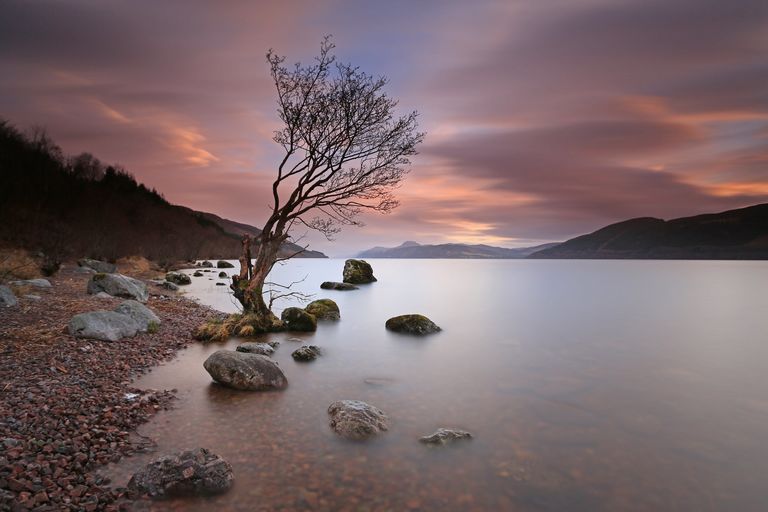
And Gemmell brushed off the notion that his DNA tests had effectively ended the search for Nessie. Instead, he countered, “There’s still some level of uncertainty there, so there is still the opportunity for people to believe in monsters. Is it front-page news? I don’t know. But we’ve captured some imaginations.”
Environmental DNA
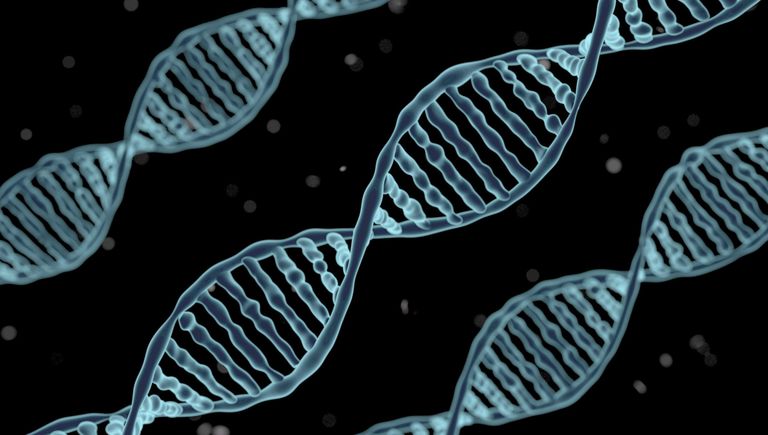
Ultimately, the researcher’s aim wasn’t to find the Loch Ness Monster. He just wanted to show the merits of environmental DNA. And by Gemmell’s estimation, he had done just that. The scientist said, “More people now know about environmental DNA than ever before, I would imagine, and I think that’s a good thing. We need these tools to be able to document what is living in places as, slowly but surely, our world becomes less special.”
The man who “found” the monster
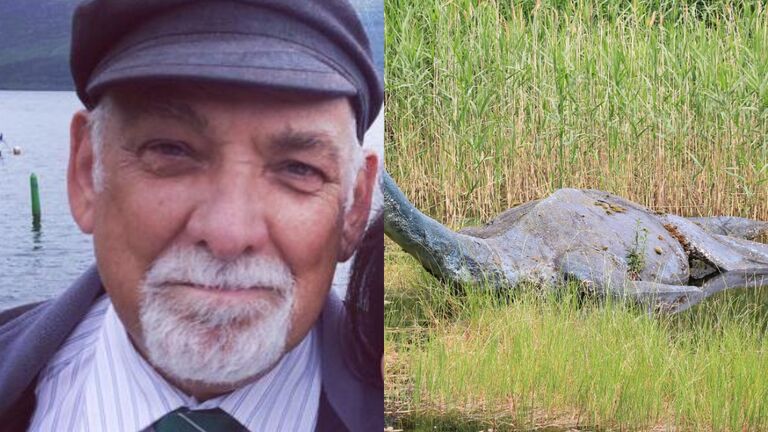
While Gemmell couldn’t prove the existence of the monster, though, George Edwards claimed he could. For decades, he’d shuttled tourists across its murky waters, all of them hoping to see that elusive beast. Then, one afternoon, the day he’d waited for his entire career for finally arrived. He rushed for his camera and snapped a single photo — not knowing that it would send the world into a frenzy and leave experts scrambling for answers.
A magical place
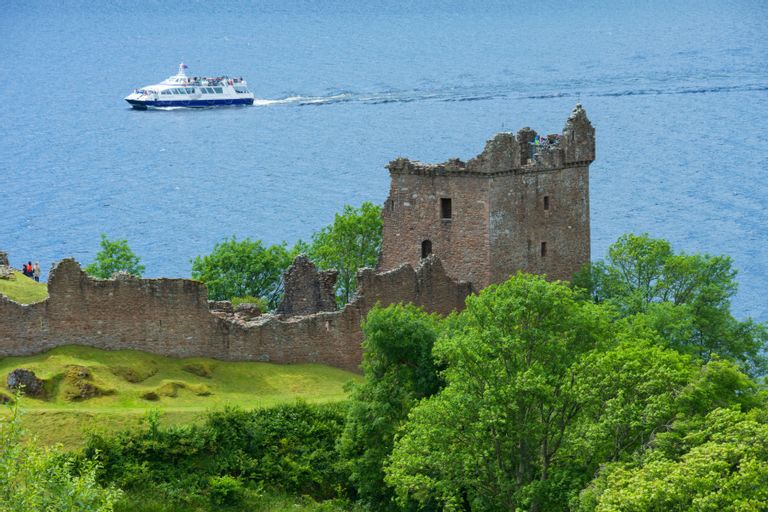
Yep, tourists come from all over to nab a glimpse of the legendary Loch Ness Monster, and George helps them do it. But after years of exploring the vast lake, he claimed to have seen something that even skeptics couldn’t explain away entirely.
Unmatched confidence

“I believe in these creatures,” George has said. “Far too many people have been seeing them for far too long.” But George is far from the first explorer to have witnessed something suspicious out on Loch Ness.
The first sighting
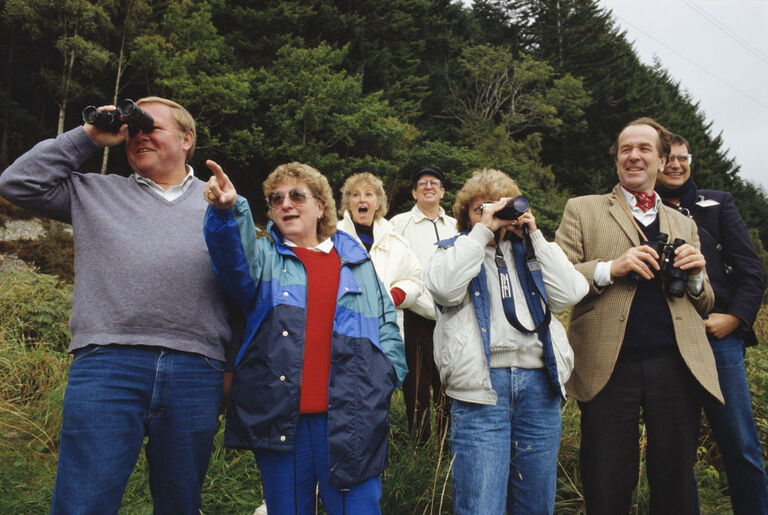
The first recorded encounter dates back to the year 565 when St. Columba was attacked by a “water beast” while swimming in Loch Ness. Strangely enough, though, the next supposed sighting wouldn’t come for hundreds of years.
Continued intrigue
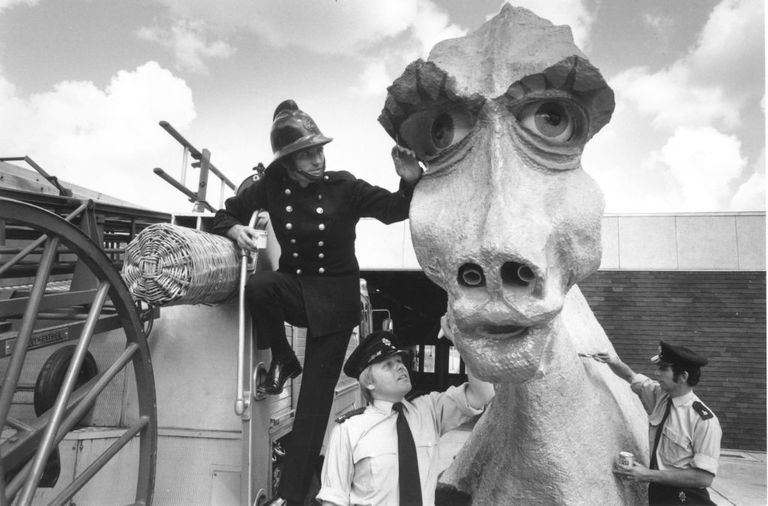
From the late 1800s, brushes with the monster began to increase. And Nessie — as the monster was nicknamed — began to be described as a crocodile or alligator-like creature. But could all those encounters just have been with non-mythical creatures instead? Some experts think so.
Nessie resemblance
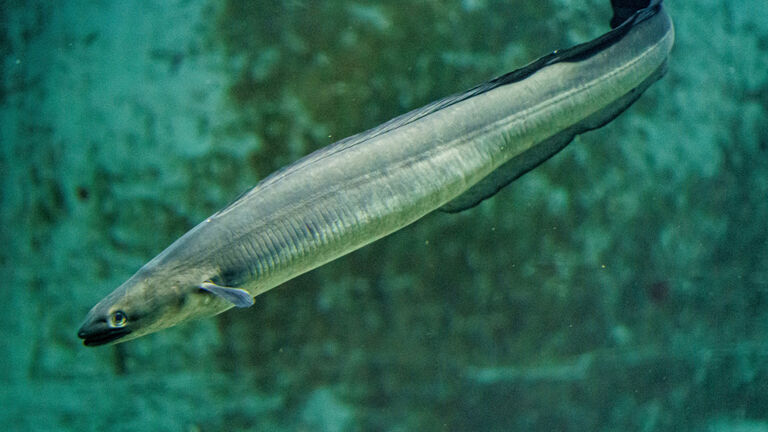
Folks could have just been seeing a super-sized conger eel, for instance. They can grow up to an impressive 10 feet long, and they’re slinky enough to make their way into unlikely waters such as Loch Ness. But another fish may be the culprit.
A sturgeon?
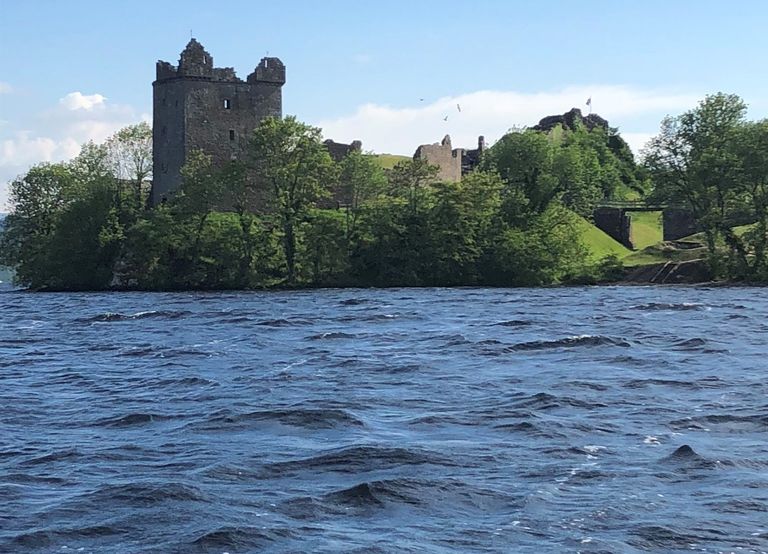
While they’re not reptiles, sturgeons have a similar, scaly appearance. They look somewhat like sharks, only pointier. Could our friend George have simply spotted a giant sturgeon? Not according to the sailor himself. He’s insisted that this was no common sea creature.
Multiple motivations
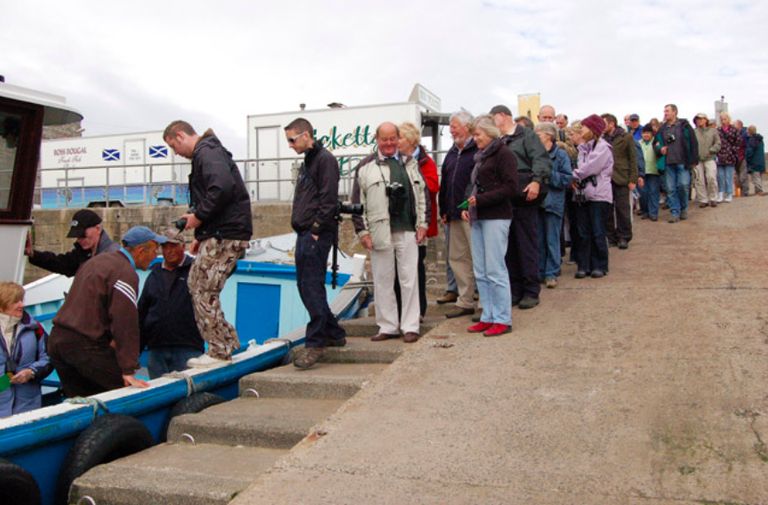
Perhaps George hoped to see the beast again when he took tourists on his boat — aptly named Nessie Hunter IV. And he’s told stories of the creature to his riders, who are given an “exclusive chance” at a sighting. But is this “sailor” simply a businessman in disguise?
Longstanding evidence
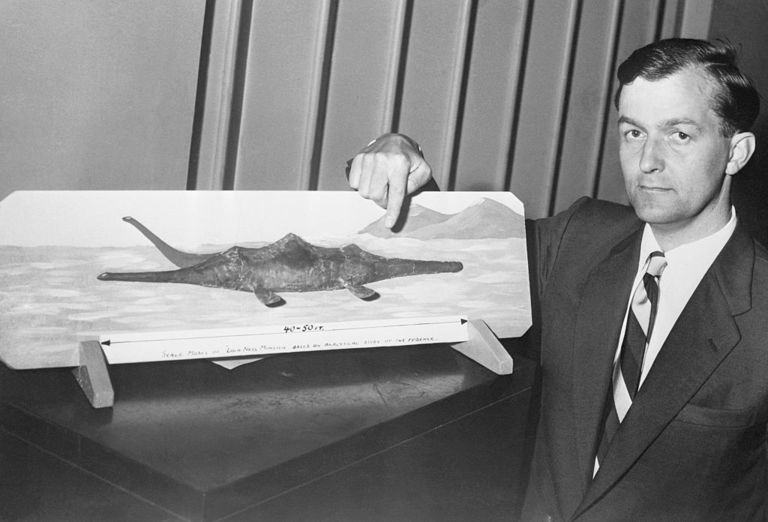
“All these people can’t be telling lies,” George claimed. “And the fact the reports stretch over so many years means there can’t just be one of them. I’m convinced there are several monsters.” Several monsters that have never been officially discovered in a single body of water? What’s his explanation for that?
Prehistoric ancestors
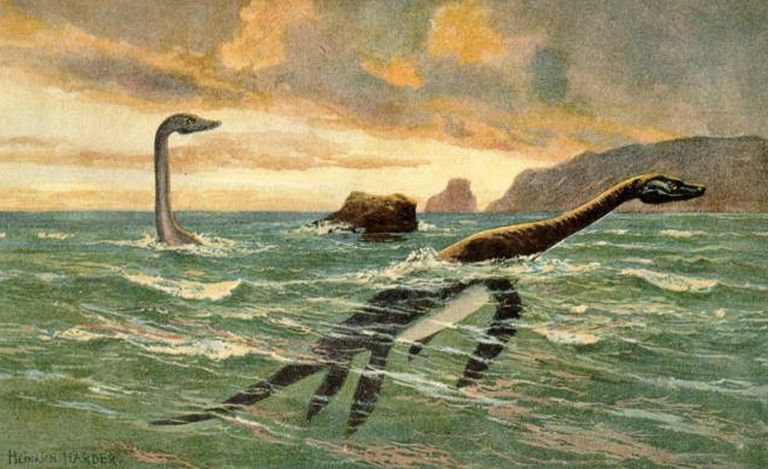
Well, some believe these Loch Ness creatures could be the descendants of plesiosaurs — underwater reptiles from millions of years ago with a taste for blood. A whole species of Nessies? Yup, that’s the skipper’s explanation. And he’s since recounted the “harrowing ordeal” behind the photo he snapped.
A mysterious figure
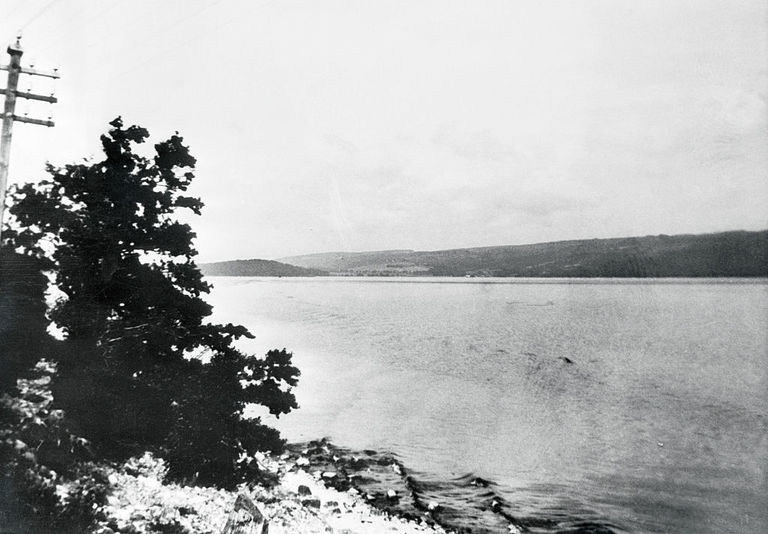
George revealed, “I was just about to return to Temple Pier, and I went to the back of the boat which was facing the pier… That’s when I saw it.” What did George see? According to him, a “dark gray” figure was “moving up the loch towards Urquhart Castle.” The sailor then began to chase it.
Snapping a picture
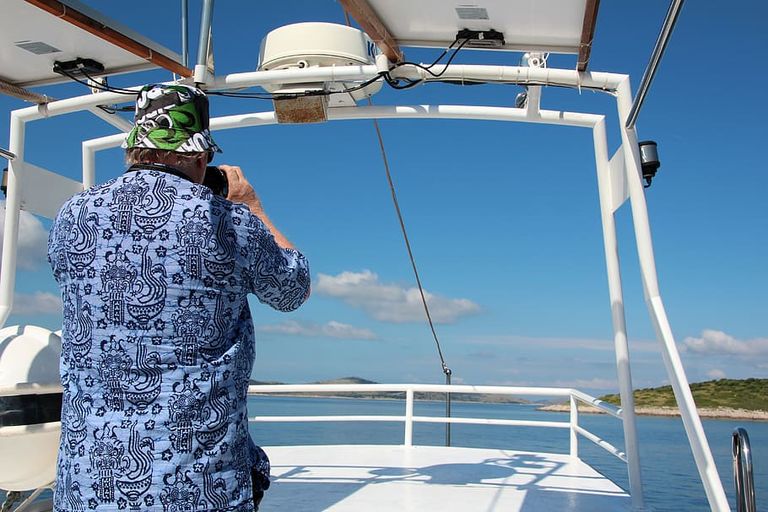
Yet George only managed to get a single photo of the elusive creature before it disappeared. “I hung around for a good half an hour and used the deep-scanning sonar to try and pick it up, but I’m afraid I had no luck at all,” he explained. No luck, huh? Seems fishy.
The best photograph?
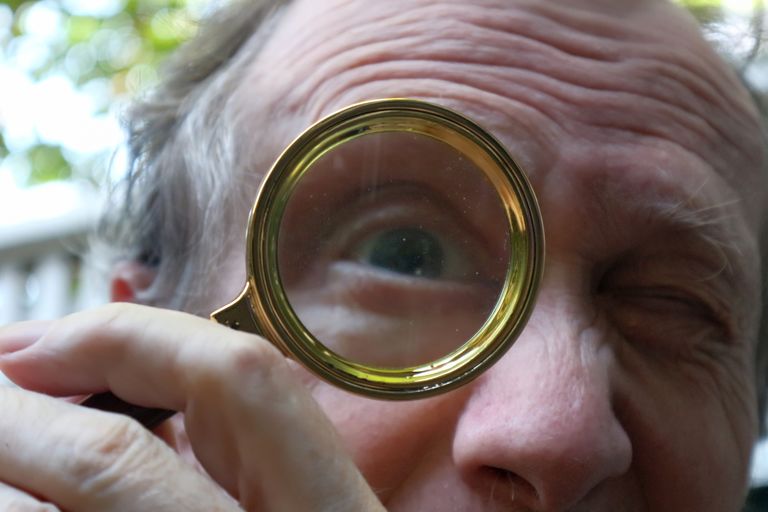
But at least George had that one photo. Another Nessie fan named Steve Feltham even claimed it was “the best photograph [of the monster]” he’d ever laid eyes on. And the skipper supposedly ran the snap by experts, who apparently couldn’t explain what they saw. Take a look for yourself.
Worth a thousand words
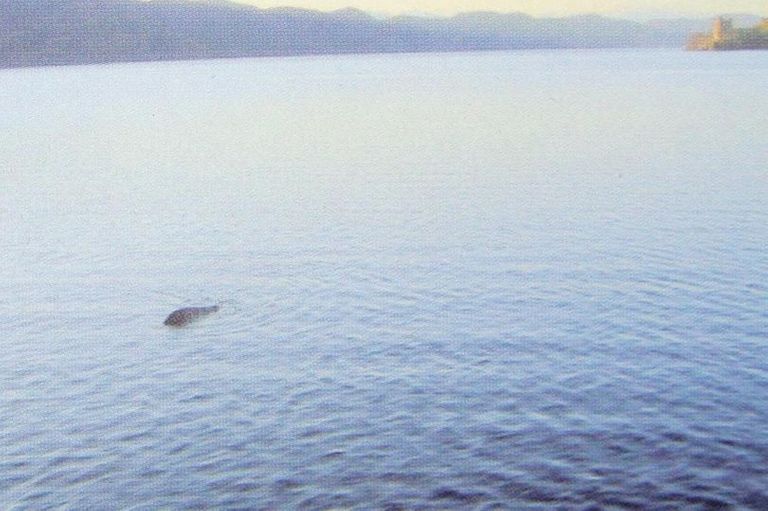
This photo was taken with a compact Samsung digital camera at 9:00 a.m. on November 2, 2011. “I would say it doesn’t prove what Nessie is,” said Feltham, “but it does prove what Nessie isn’t: a sturgeon.” Let’s take a closer look and see what others have to say.
Expert opinions
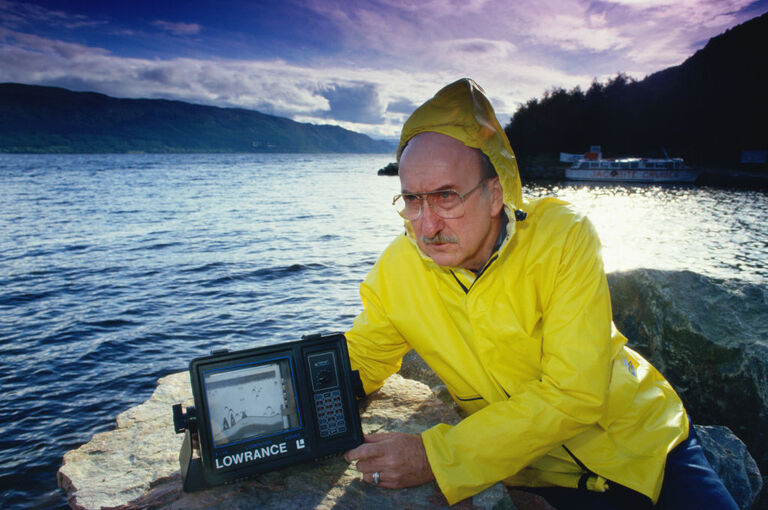
According to George, his image was confirmed to be legitimate by “U.S. military monster experts.” And these “experts” had to rule out the obvious. If the creature wasn’t an eel or a sturgeon, what could it possibly be? The explanations went from simple to extraordinary.
Bubble trouble
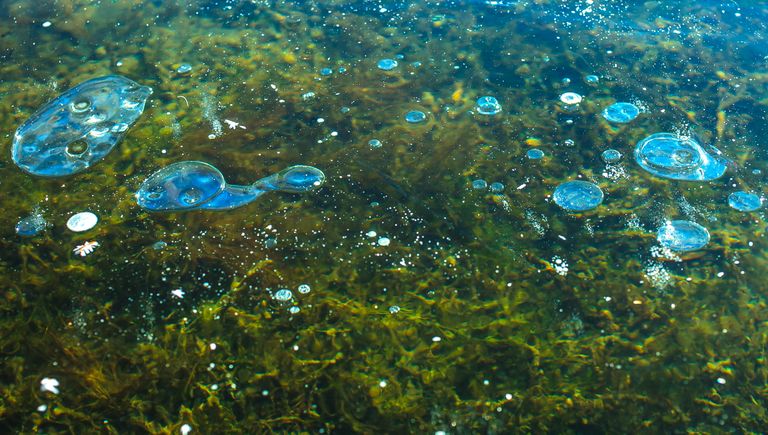
It seems as though George’s photo depicts something that isn’t a shadow or a mirage. Loch Ness itself sits on top of a fault line, which can cause bursts of bubbles to rise and trick the eye. And while this isn’t a photo of bubbles, they could still be to blame.
If a tree falls…
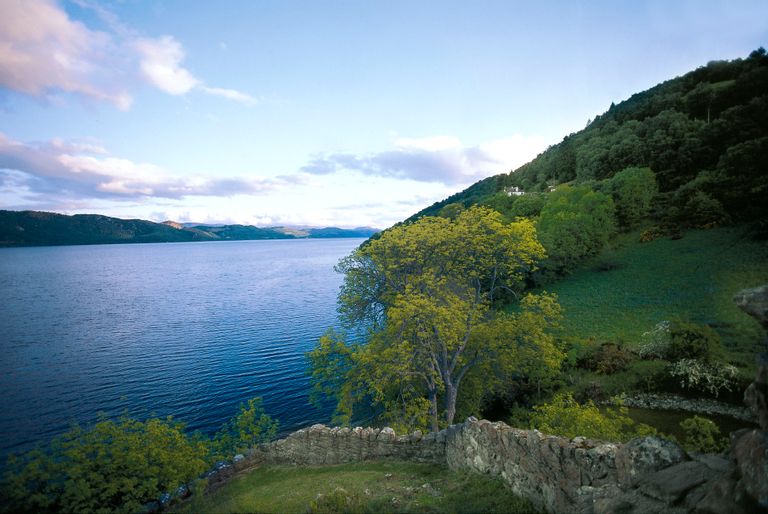
When pine trees die and land in the water of Loch Ness, they are propelled back up by underwater bubbles and bob on the water. Could this be the answer to the Nessie mystery? Well, while this is a tempting theory, George’s photo still doesn’t quite match this description. Then the sailor revealed something big.
The truth comes out
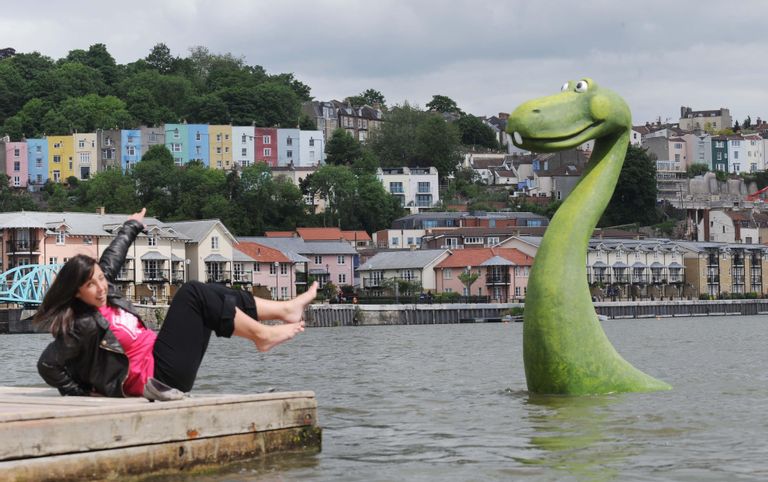
Two years after making headlines, George admitted to news sources that his photo was a hoax. That’s right — our beloved sailor turned out to be a con artist! But how? And why? Who would want to be labeled a liar?
Bit of fun
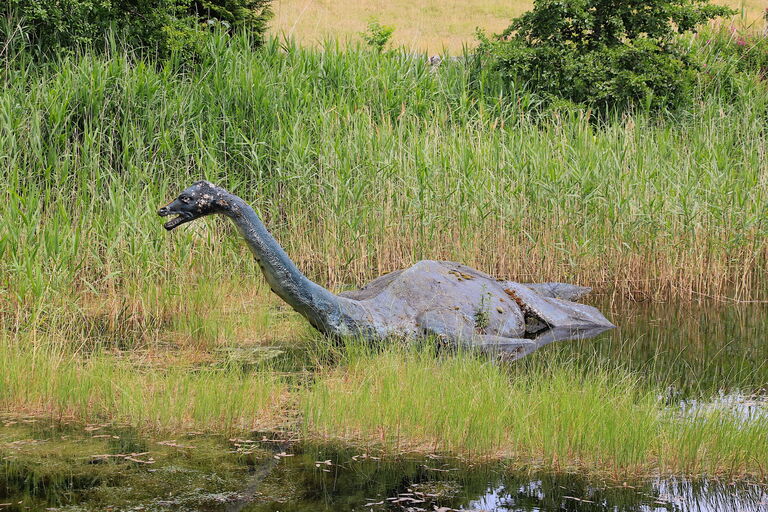
“It was just a bit of fun,” George said. He revealed that his photo was actually of a fiberglass hump made specifically for a film about the Loch Ness Monster. Still, the reasons why he pulled this prank were foggy. Did he have any remorse?
Not a shred of guilt
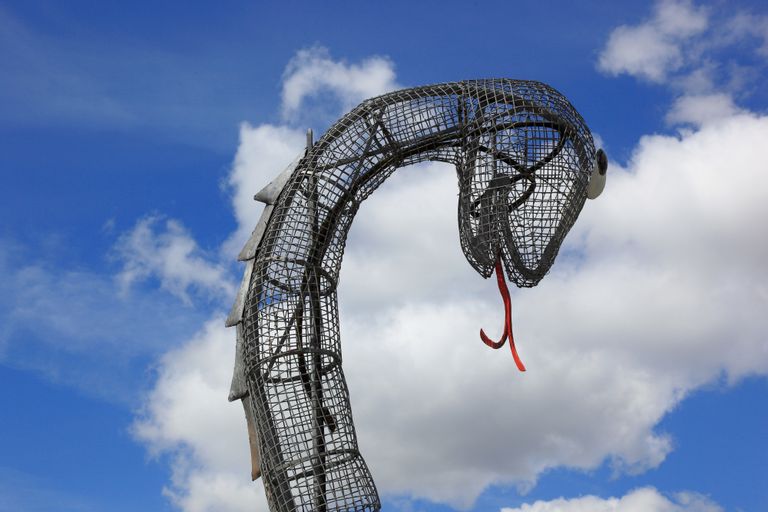
“I’ve no guilty feelings at all about what I’ve done,” George said. Turns out that he wanted to be a prankster all along. “I’m now happy to join the rogues’ gallery with the surgeon who produced the best-known Nessie image,” he continued. But not everyone was amused.
People keep searching

Feltham, who originally praised George, said, “His admission damages both his reputation and the lure of Nessie.” However, based on the £25 million tourist draw that is Loch Ness, that’s doubtful. Every year, people flock to the loch for a chance to spot the monster.